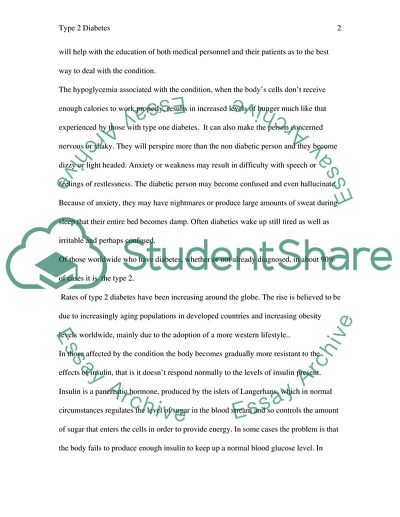Cite this document
(“New Clues to Genetics of Type 2 Diabetes Article”, n.d.)
New Clues to Genetics of Type 2 Diabetes Article. Retrieved from https://studentshare.org/health-sciences-medicine/1727634-to-what-extent-and-why-is-type-2-diabetes-are-more-extensively-found-in-certain-ethnical-groups
New Clues to Genetics of Type 2 Diabetes Article. Retrieved from https://studentshare.org/health-sciences-medicine/1727634-to-what-extent-and-why-is-type-2-diabetes-are-more-extensively-found-in-certain-ethnical-groups
(New Clues to Genetics of Type 2 Diabetes Article)
New Clues to Genetics of Type 2 Diabetes Article. https://studentshare.org/health-sciences-medicine/1727634-to-what-extent-and-why-is-type-2-diabetes-are-more-extensively-found-in-certain-ethnical-groups.
New Clues to Genetics of Type 2 Diabetes Article. https://studentshare.org/health-sciences-medicine/1727634-to-what-extent-and-why-is-type-2-diabetes-are-more-extensively-found-in-certain-ethnical-groups.
“New Clues to Genetics of Type 2 Diabetes Article”, n.d. https://studentshare.org/health-sciences-medicine/1727634-to-what-extent-and-why-is-type-2-diabetes-are-more-extensively-found-in-certain-ethnical-groups.


